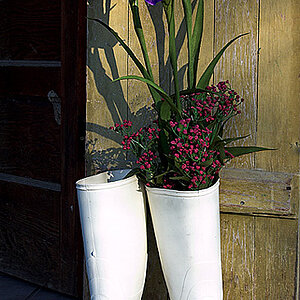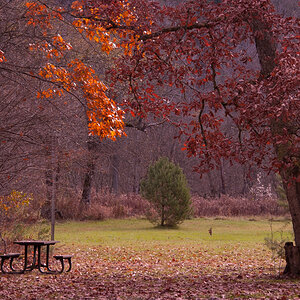Aloicious
No longer a newbie, moving up!
- Joined
- Mar 12, 2010
- Messages
- 1,661
- Reaction score
- 452
- Location
- UT
- Website
- www.photographywild.com
- Can others edit my Photos
- Photos NOT OK to edit
Do you like your sigma 150?
yeah its excellent like overread mentioned, bought mine used off the forum here too.



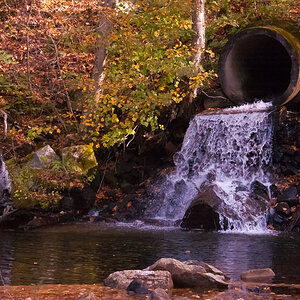
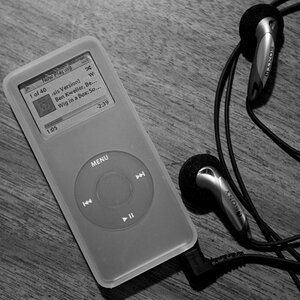
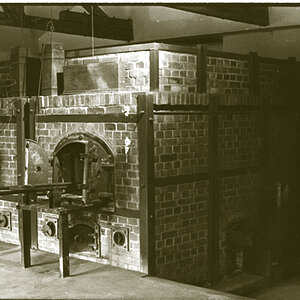

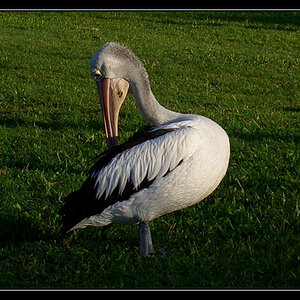
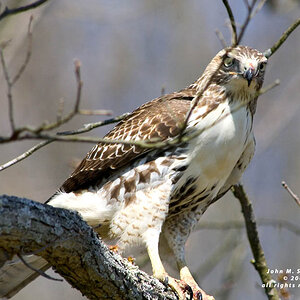
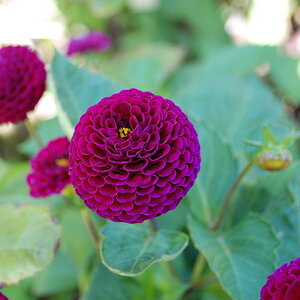
![[No title]](/data/xfmg/thumbnail/42/42281-7e2c2677bdc791ca1918fb67b6b760c5.jpg?1619740089)
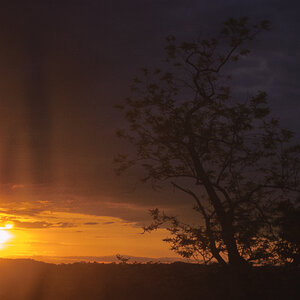
![[No title]](/data/xfmg/thumbnail/42/42280-60cc6d4893a2f440eac7dd2248e733a9.jpg?1619740088)
